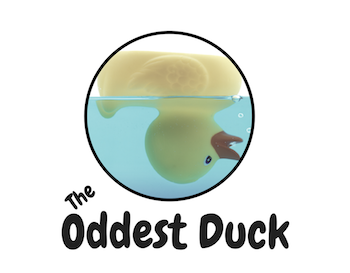I have failed to post the third part of my planned series on “Writing Fiction with Agile methodology”, and there is a good reason for that. My plan was to discuss how I’d implemented it with an Agile software tool, complete with screen shots and detailed instructions. The more I got into it, the more I found I didn’t like the tool I had chosen and evaluated others. After looking into numerous others, I still have not found a tool I like – and, to be honest, it has not proven as useful in some areas as I’d hoped.
The initial tool I’d chosen is one that I currently use for work – Pivotal Tracker. I really like the freedom it has to enter lots of information into one card. I can put scene details into the description, field, add tasks to check off in the tasks field, and then put additional information into activity fields as I discover them. I really liked this feature – it makes organization extremely easy. I can also use labels to tie various stories together – for instance, in my original story plan I had two character histories I was following, and each character had their own label. I could enter their histories in and decide later how those histories would mesh with the other character’s. I was not able to find another tool that allowed this type of functionality so seamlessly with how I wanted to use it.
The downside of Pivotal – and it proved true with every other tool I evaluated as well – is that I can’t find a way to move the stories through the various processes. I would enter scenes with their details, and then combine scenes into chapters. However, when do you “finish” the card? When it’s rewritten? Well, that’s only the first draft. I expect to go through at least two more drafts of each chapter before I’m happy enough to hand it off to an editor for cleanup. However, I won’t do every single chapter rewrite before moving onto the next chapter. The pattern I’ve seen is writing it once, reading over it and reworking as a first draft, and then moving on to the next chapter. This makes sense, as I want to save future rewrites to include the possibility of subtle changes that future chapters may introduce. In other words, my final rewrite of each chapter won’t be until after the first draft of the book is done.
Now, I could deal with this in pivotal, but it would take a lot of work. I’d have to create new cards and migrate information across them, or at least link to the old cards. The idea behind using Agile is to save time through organization, not to suck time away from my actual writing. If it’s not simple I’m not doing it.
To sum up, the results of my efforts with using Agile to write a novel are mixed. I like the forced organization, love the fact of writing a sprint retrospective as a blog, but don’t like the actual project management functions. I think I could find a tool or build a tool that would make sense; but I don’t think it’s an efficient use of my time right now. so, I’ll continue to chug along as-is and keep my eyes open. Who knows, maybe my next project after my novel will be creating the right software tool?


No comments